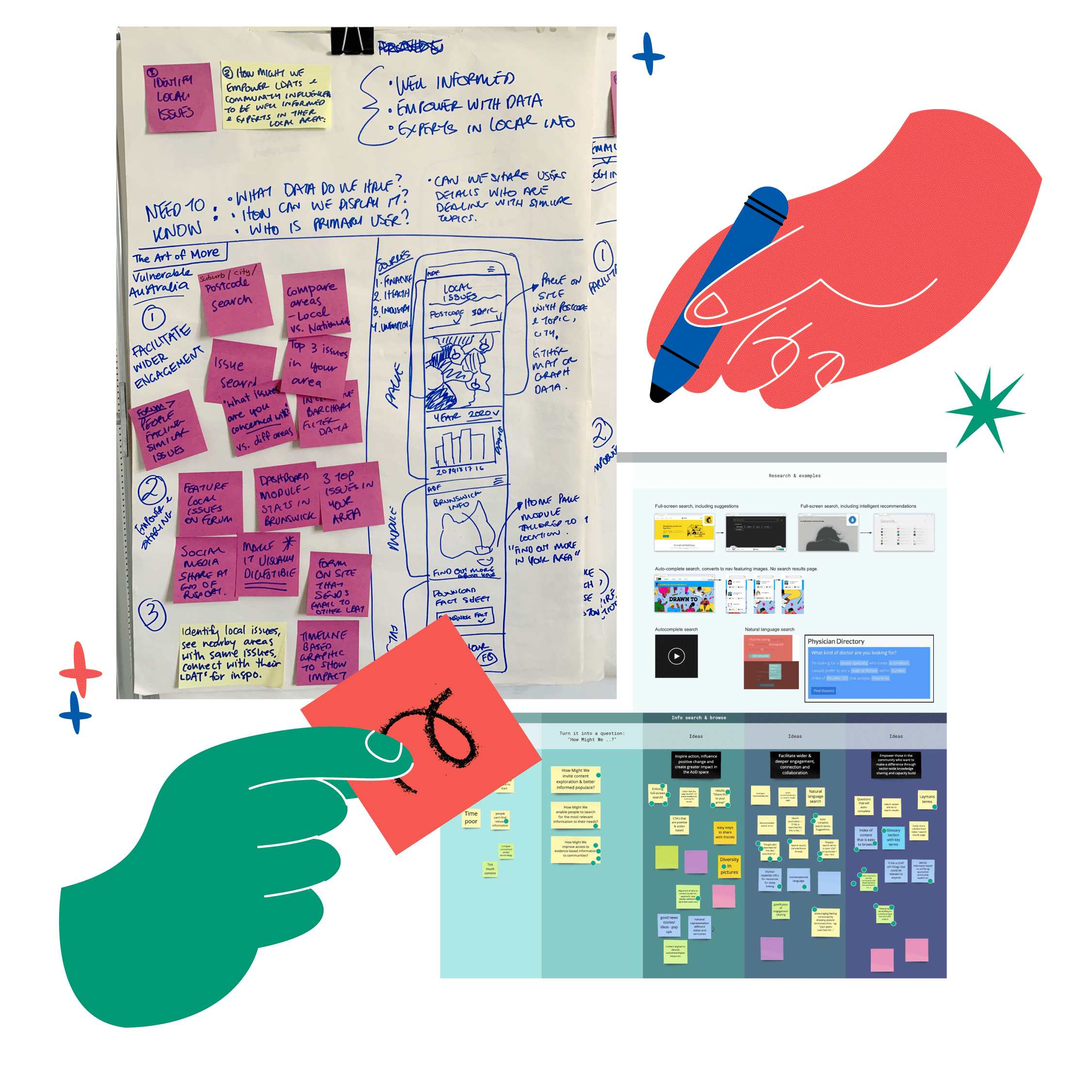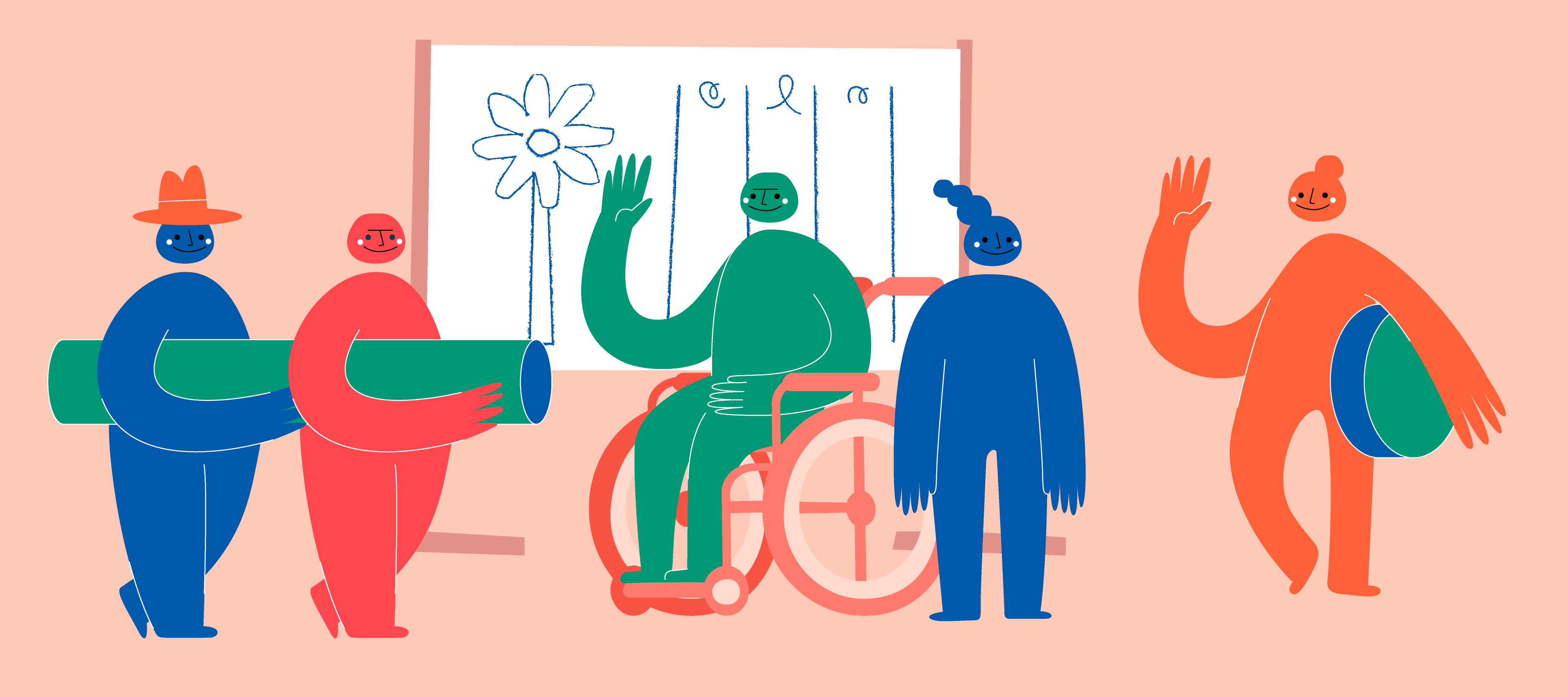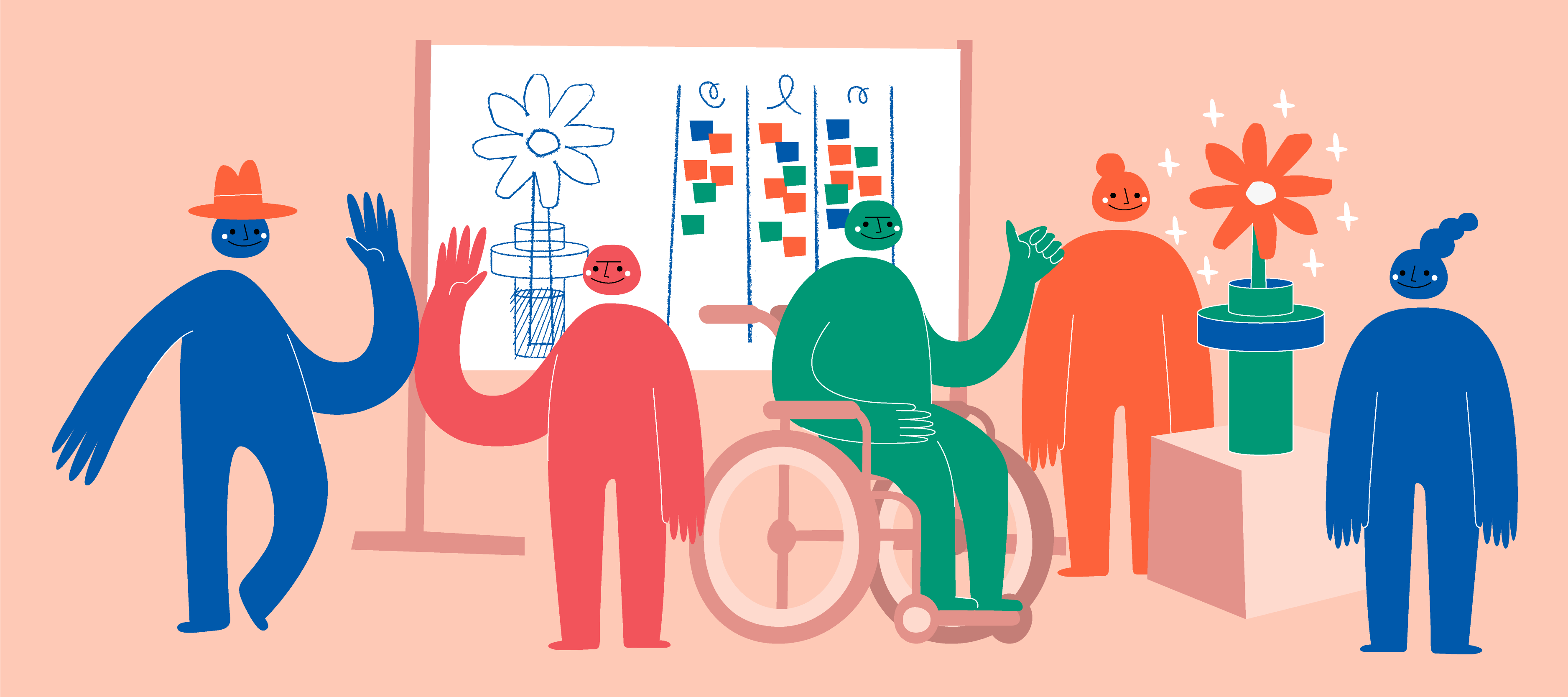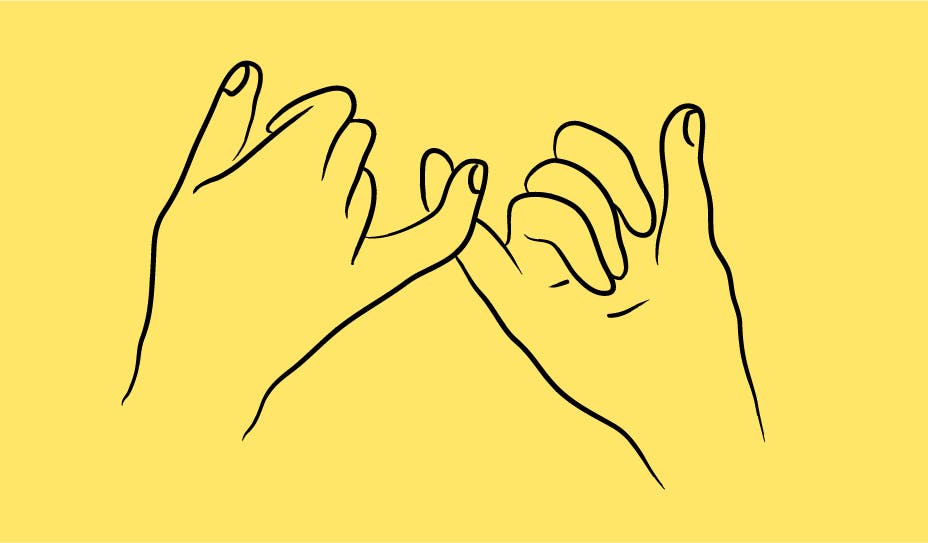Power to the people
17 May 2022
Written by
Madeleine Baud
Copywriter / Brand StrategistAlso known as "Participatory design" or "Co-operative design", co-design has its roots in 1970s Scandinavia, where researchers began to move away from traditional researcher/subject methods and work with people, empowering them to influence the design of programs and processes of which they would be the users.
Where co-creation is a hands-on, to-and-fro exchange of ideas, community engagement is more a process of consultation, where members of a community are invited to provide feedback on an internal brand activity, such as a brand strategy or a brand identity.
Why do we use these methods at Liquorice?
At their core, these methods of co-creation and engagement are about working with the people you're designing for, not designing at them. It's about not presuming to know our users and what they need without speaking to them first. It's about replacing assumptions and educated guesses with facts, data and qualitative input, directly from the people with first-hand experience.
But why do we do it? It's really very simple— everybody wins. As brand researchers, we get the input we need, and audiences, user groups and stakeholders get to be involved, have their voices heard and shape the product to suit their needs.
It's also smart. In many ways, users and other stakeholders are the experts. They know the brand, they use the services, and they understand what works, what feels authentic and what doesn't. By broadening the expertise of those involved in the project to include people with direct experiences, we foster an environment where solutions can be discovered at the intersection of disciplines that would normally not meet. The process itself sparks creativity.
We've done a lot of community engagement and co-creation in our 10+ years of operation at Liquorice. Here are some of our success stories:
HousingFirst
In 2017/18, we worked with social housing organisation PPHA on a momentous re-brand, guiding the organisation through stakeholder and community engagement, a naming exercise, on to the development and execution of their new visual and verbal brand identity.
We helped PPHA (who would become HousingFirst) walk a delicate path, engaging and inspiring their staff and community while taking care to manage expectations and not to cause undue stress amongst their tenant group (many of whom had experienced homelessness) through the period of change.
The appointment of a Naming Committee comprising staff and tenants, plus a survey and an interactive workshop session with the community, created an environment of transparency and collaboration, enabling us to hear and reflect on the myriad hopes, concerns, opportunities and risks of the project.

Cohealth
cohealth is a community health organisation that came to Liquorice with co-creation principles already built into their brand identity design brief. Needless to say, we were a perfect match.
Through online surveys and face-to-face interviews, we ran co-creation activities with stakeholders from many different backgrounds, including community and full-fee-paying clients, health professionals, cohealth staff, arts program participants and more. Through these activities, we were able to see points-of-view from every corner of the community and gain precious insights.
We quickly learned that the same concepts, words or images, seen by different individuals, can mean countless things. The co-creation process allowed us to challenge our preconceptions, rethink our approach and dig deep in search of a truly inclusive solution.

"[Liquorice] were kind, adaptable, safe and reliable for our cohort groups, many with varying lived experiences. It was also clear that Liquorice enjoyed working with people collaboratively and sensitively. We experienced a 100 percent participation rate from our client groups over two rounds. An amazing result that fuelled the delivery of a strong brand."
Sara Norbury, Marketing Manager, cohealth
ADF
The Alcohol & Drug Foundation (ADF) is a leading advocate for drug and alcohol education in Australia. The aim of the ADF DAT Uplift project was to enable LDATs (Local Drug Action Teams) across Australia to stay connected by accessing information, tools and ideas they can easily implement in their areas to reduce the harm of alcohol and other drugs.
We decided that the design of such an important product would benefit immensely from involvement of its direct users. We ran stakeholder workshops to align our goals and ideas of success, using the outcome to identify target audiences and individual personas. We then recruited a diverse group of people from across the country for their insights, needs, pain-points, ideas and feedback on the design of the product.

Today
Our co-creation journey continues to this day, as we embark on a strategy, naming and brand refresh for another outstanding community health organisation. With a series of user interviews and online surveys under our belts, we've been able to approach the design with added confidence. We can't tell you much more than that yet, but watch this space!
If you'd like to know more about co-creation and how it might strengthen your next brand project, get in touch with us at Liquorice.



